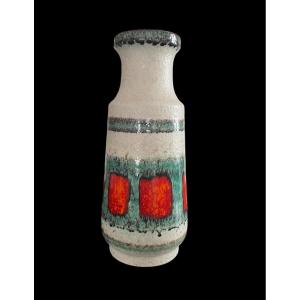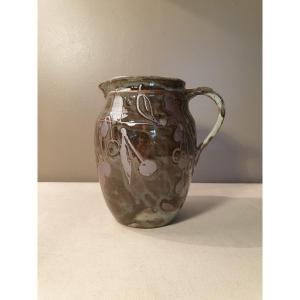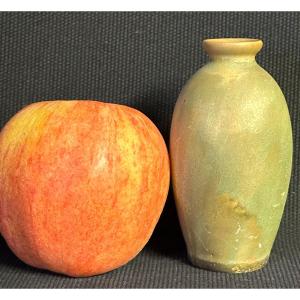This set comes from the Domaine de Beaumont in Valbonne, built in the 1920s for the Carr family, and in which the Kennedys spent several summers when JFK's father was Ambassador in London (1938-1940) and after the war.
Dimensions:
Rectangular box: Length 21cm, Depth 10.5cm, Height 10cm
Covered vase: Height 27cm, Diameter 26cm
Round box: Height 12cm, Diameter 22cm.
These three pieces are "decorated with a pattern called 'Fitzhugh,' which refers to a group of Chinese export porcelain with certain identifying characteristics, made between about 1780 and 1840. The decorative elements in this group include a central device—a medallion, an eagle, a monogram, or a coat of arms—surrounded by four clusters of flowers and emblems associated with the four achievements of the Chinese scholar: music, painting, analytical ability, and calligraphy. The whole is surrounded by an elaborate border, either a lattice and spearhead border, often called 'Nanking,' or an intricate design of butterflies, cellular layers, and floral motifs.
Some examples that fall into this group, such as George Washington's Cincinnati porcelain, do not feature the four floral and emblem groups. The clusters and borders may be painted in blue, brown, orange, green, yellow, pink, lavender, gold, black, or gray. Fitzhugh patterns appear to have been more popular with Americans than with the English, reflecting the rise of American merchants at the time. Consequently, there is more variation in Fitzhugh china for the American market.
The present set centered on an eagle, bearing a ribbon with the motto E PLURIBUS UNUM and a shield with a floral cluster, is a typically patriotic American adaptation of the Fitzhugh pattern.
Ellen Paul Denker and Bert R. Denker: From Jonathan L. Fairbanks. Becoming a Nation: The Americana of the Diplomatic Reception Rooms, U.S. Department of State. New York: Rizzoli, 2003.
Source: The Diplomatic Reception Rooms, U.S. Department of State.










































 Le Magazine de PROANTIC
Le Magazine de PROANTIC TRÉSORS Magazine
TRÉSORS Magazine Rivista Artiquariato
Rivista Artiquariato